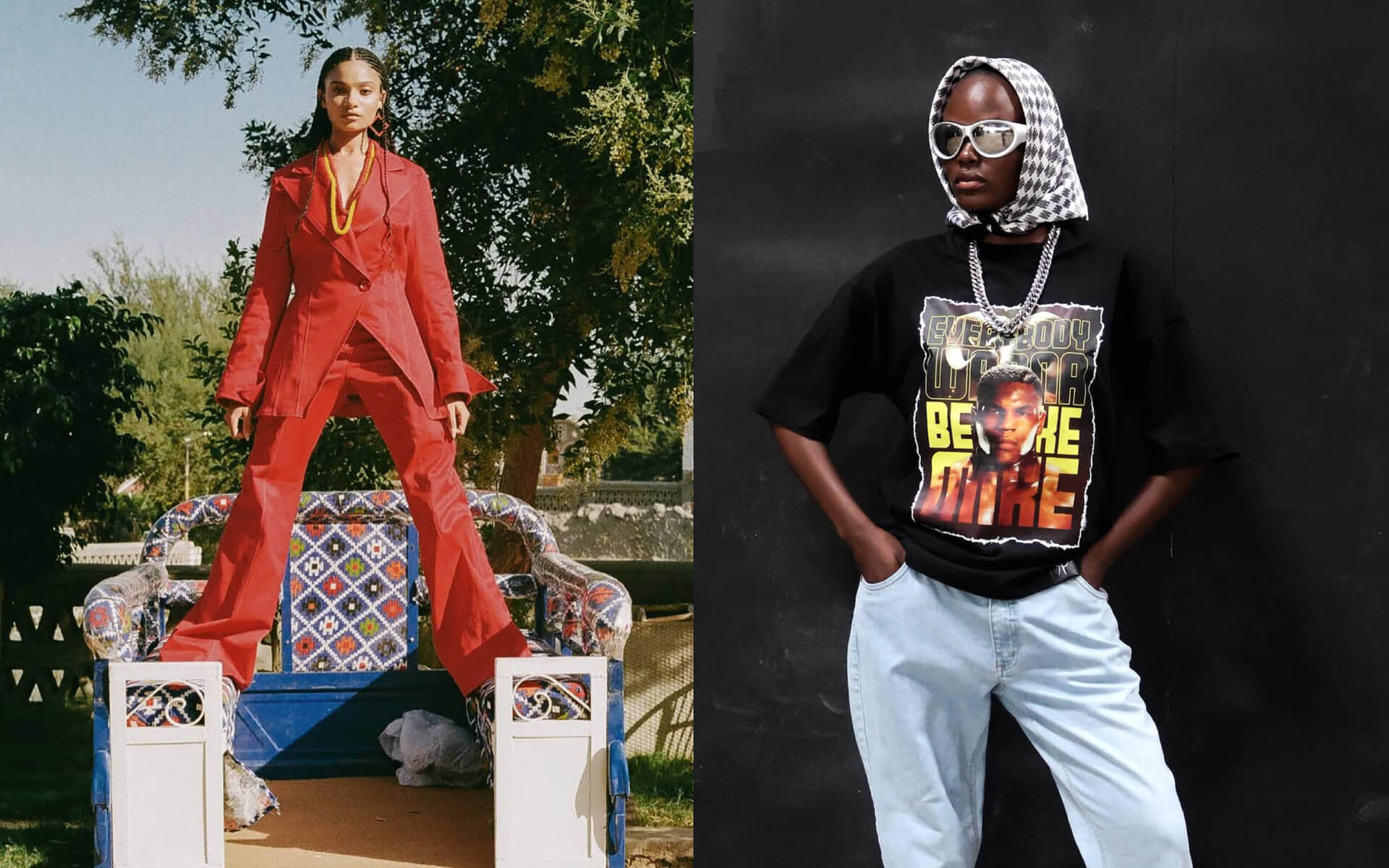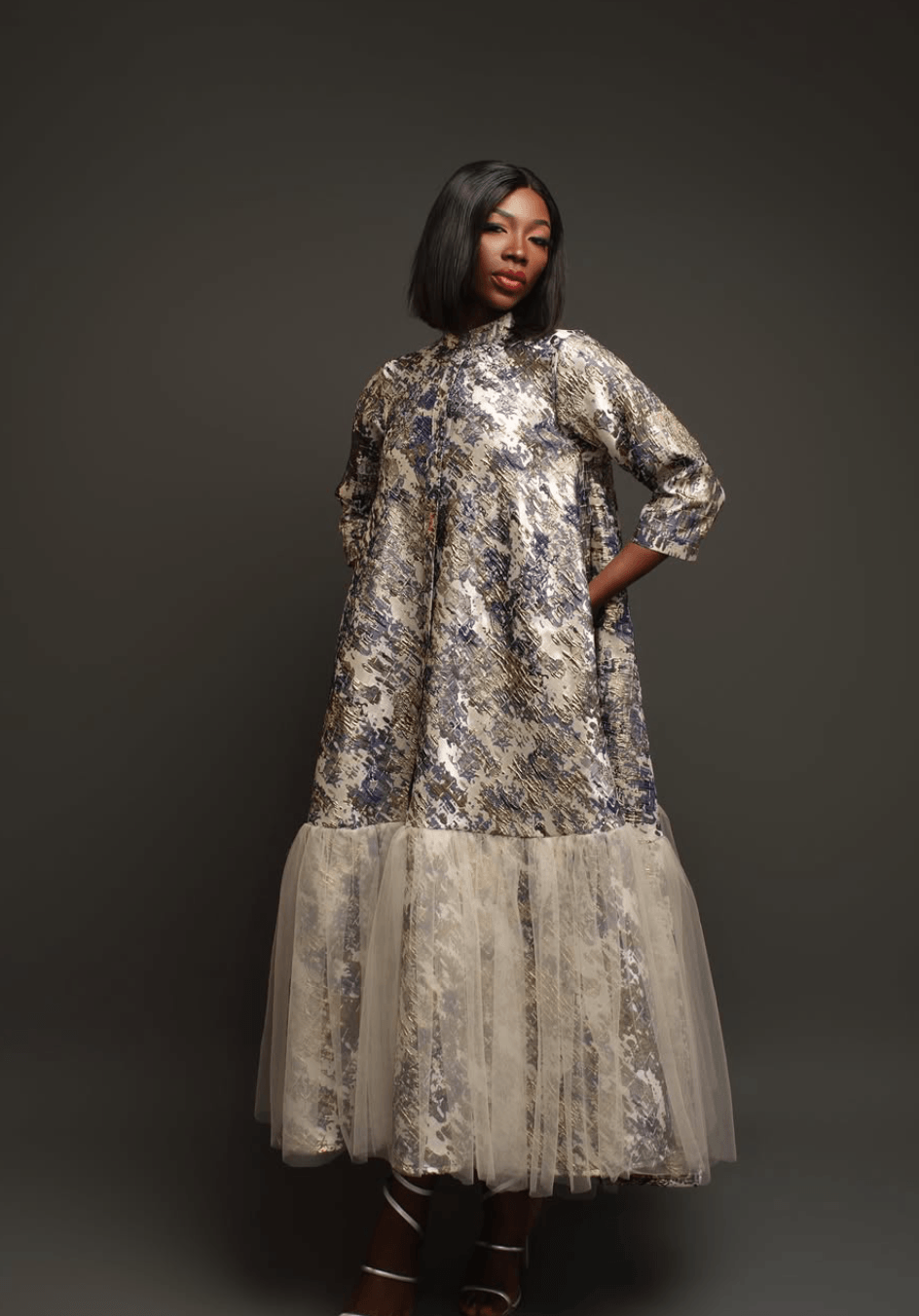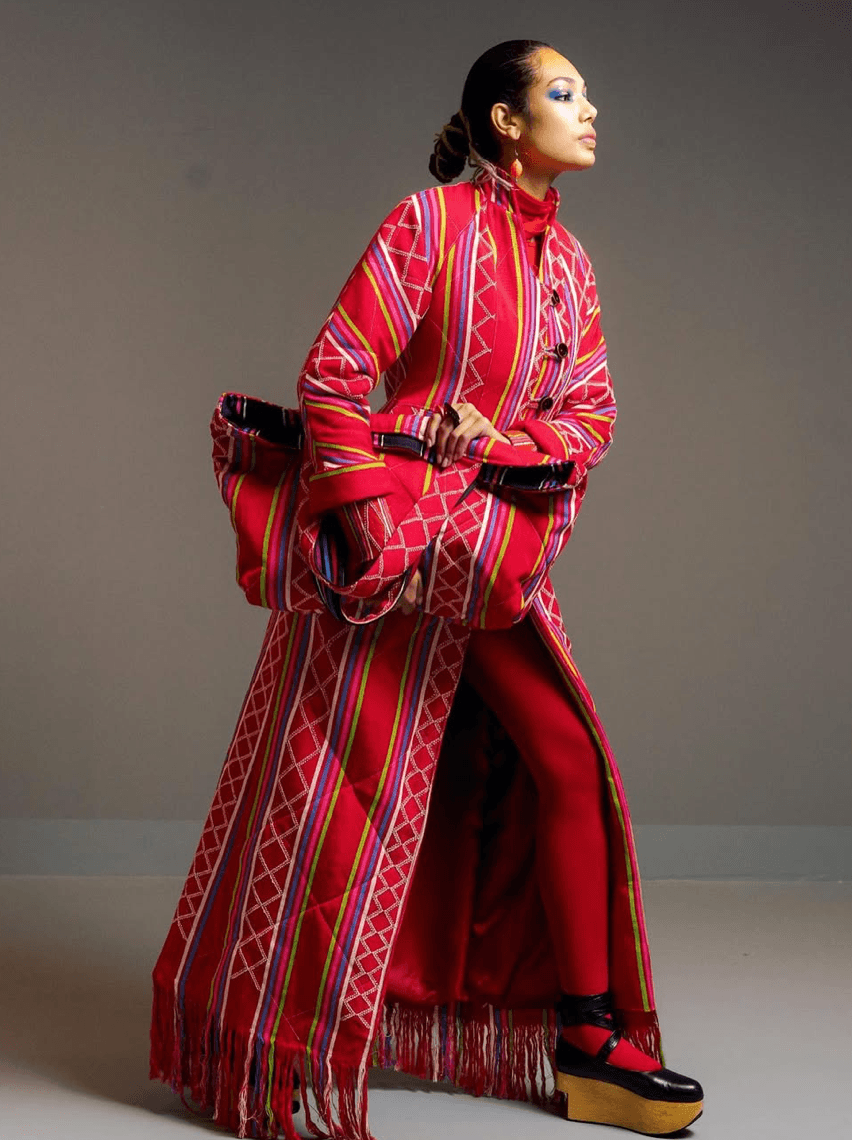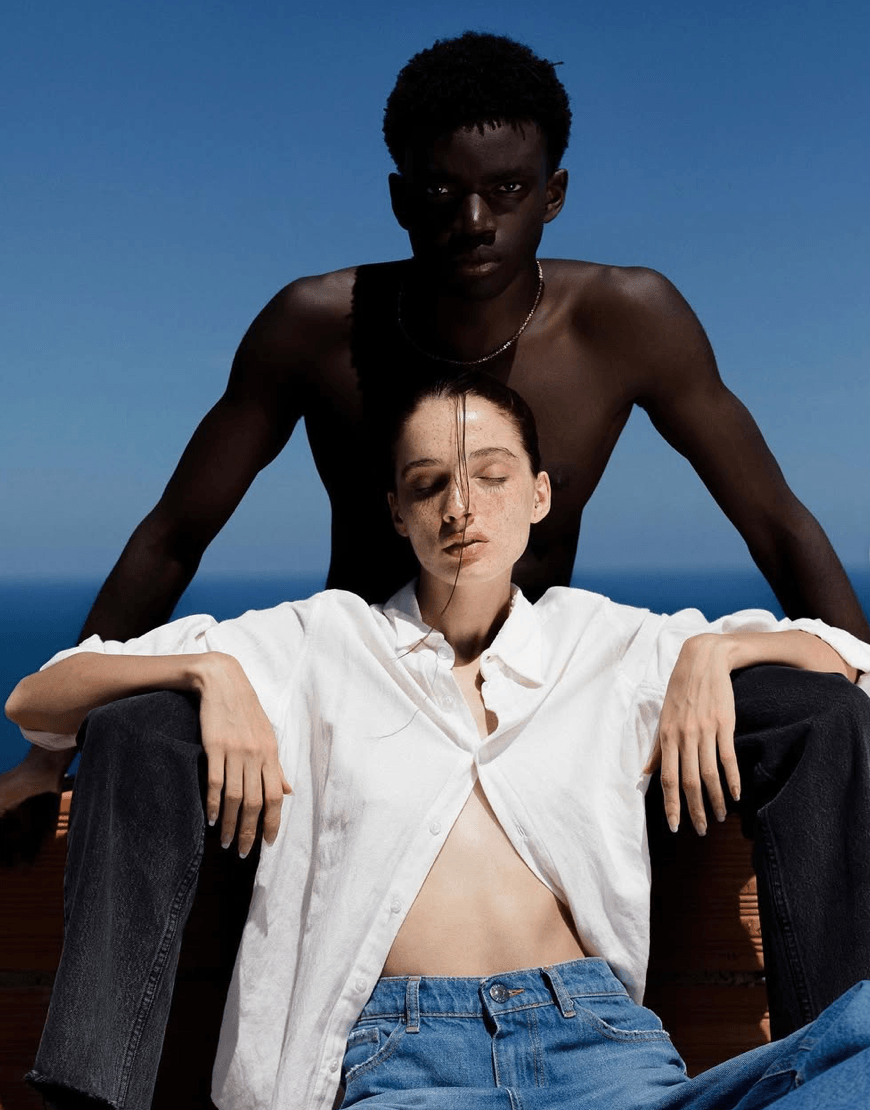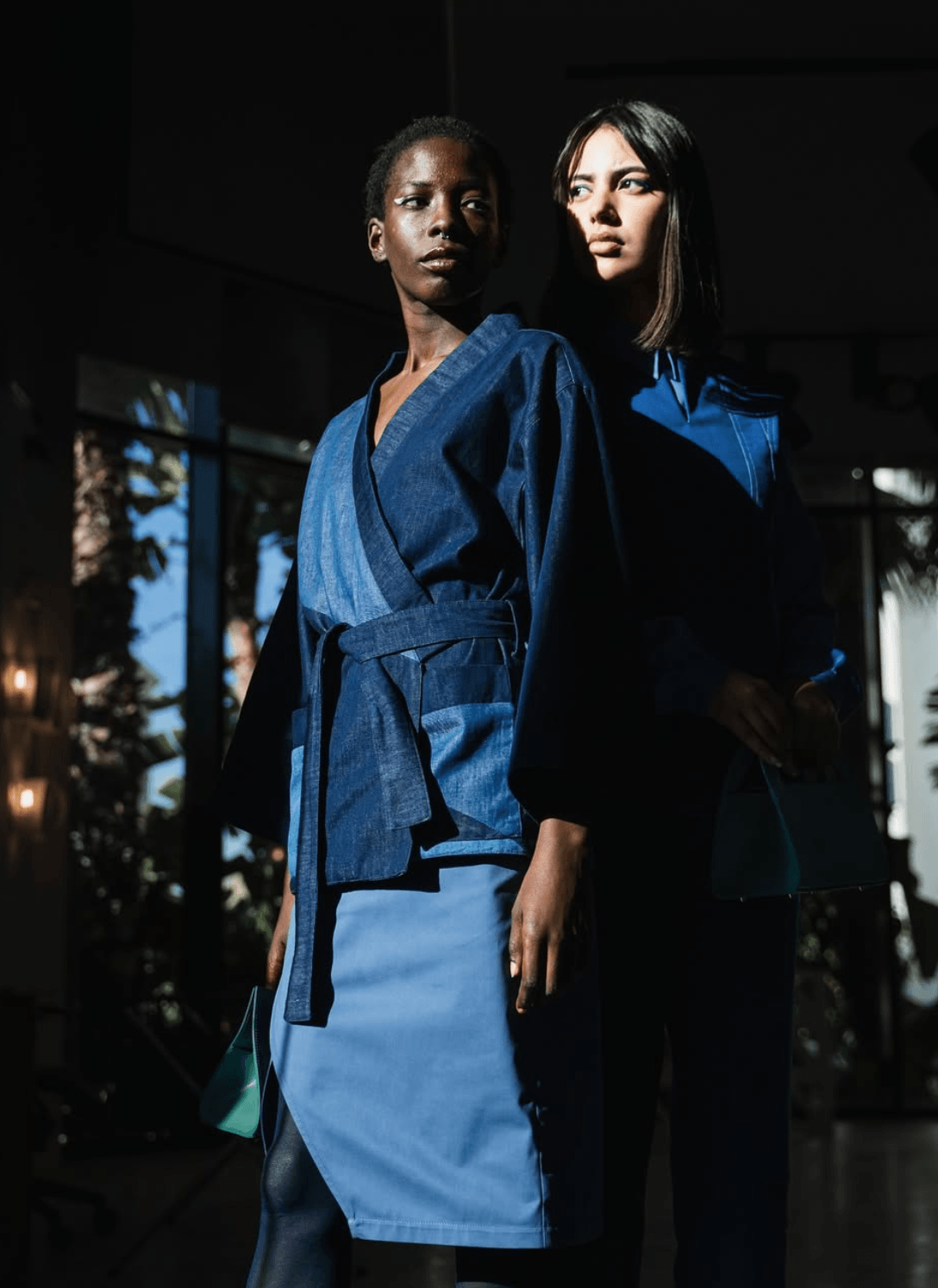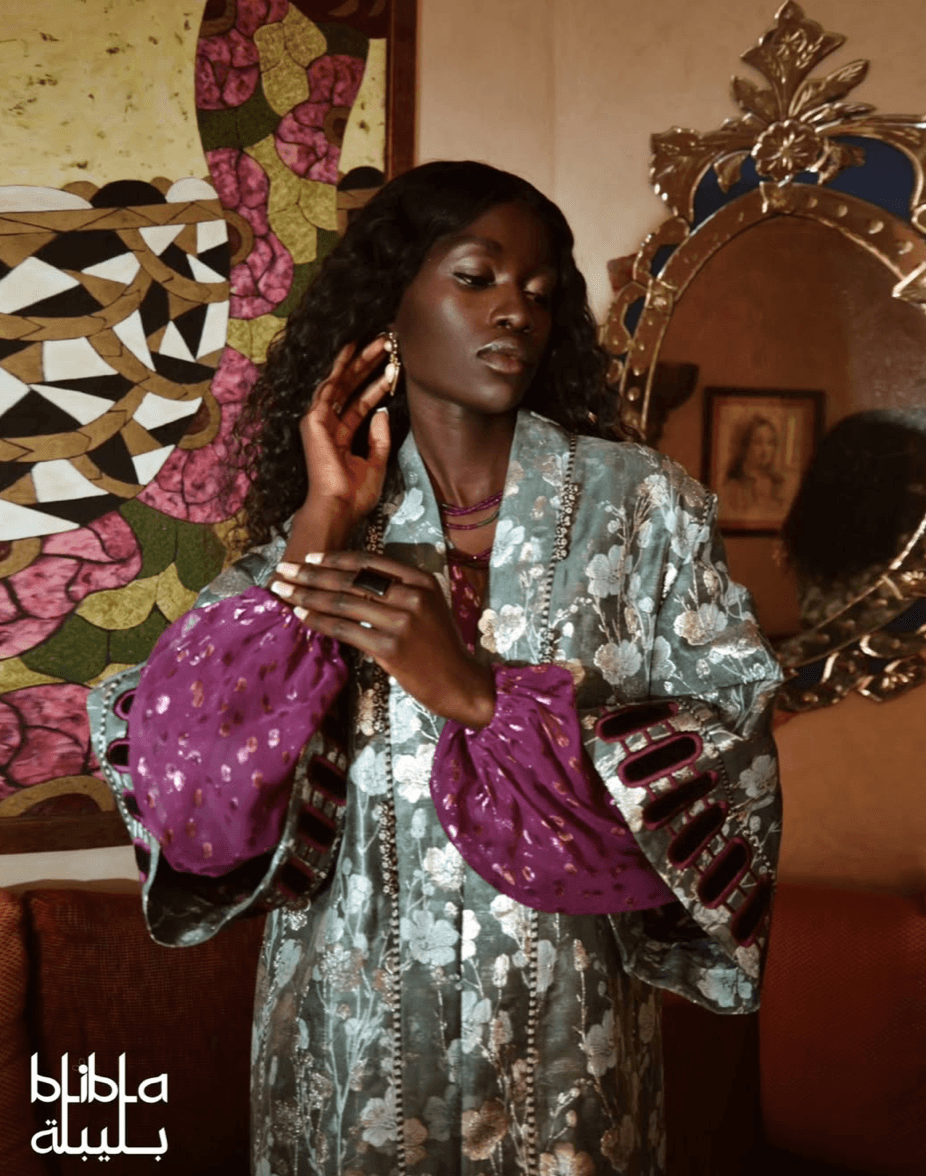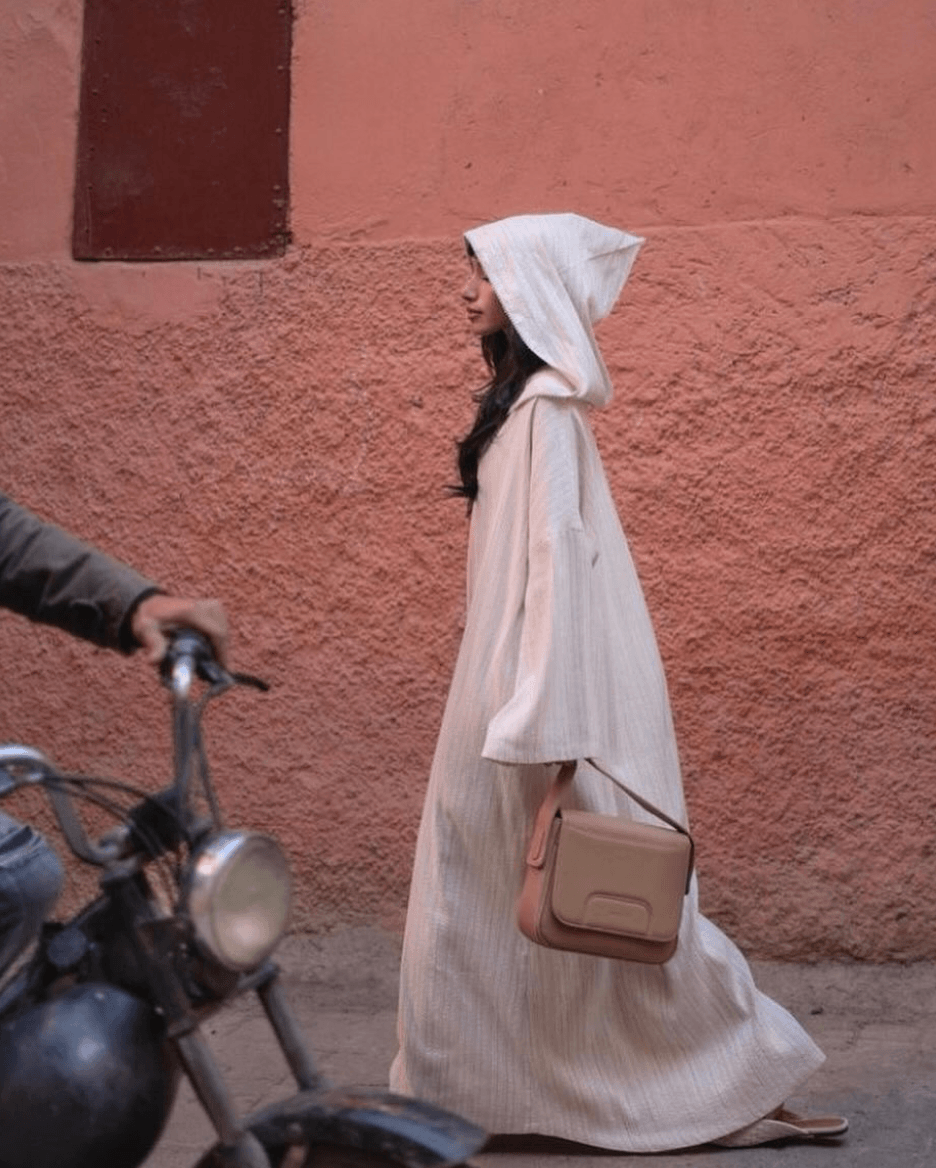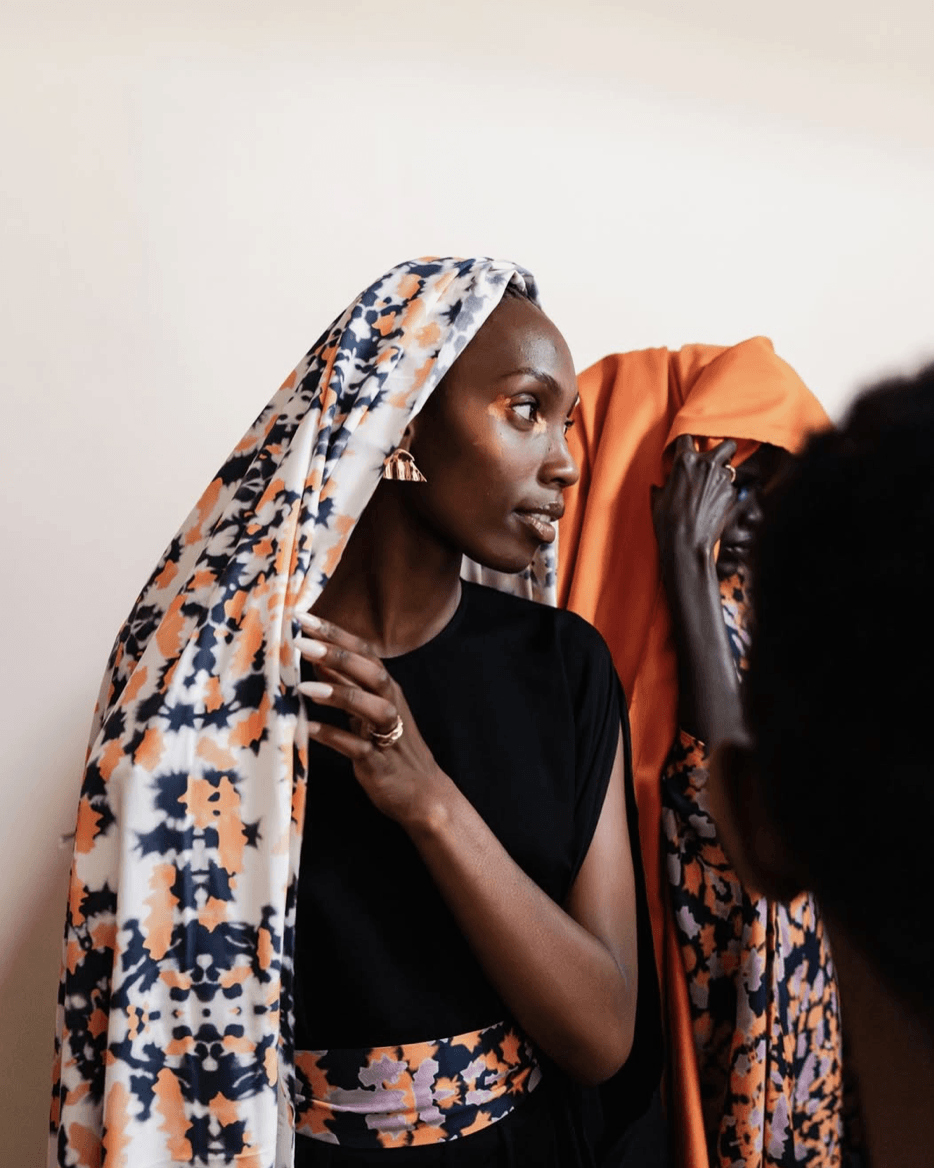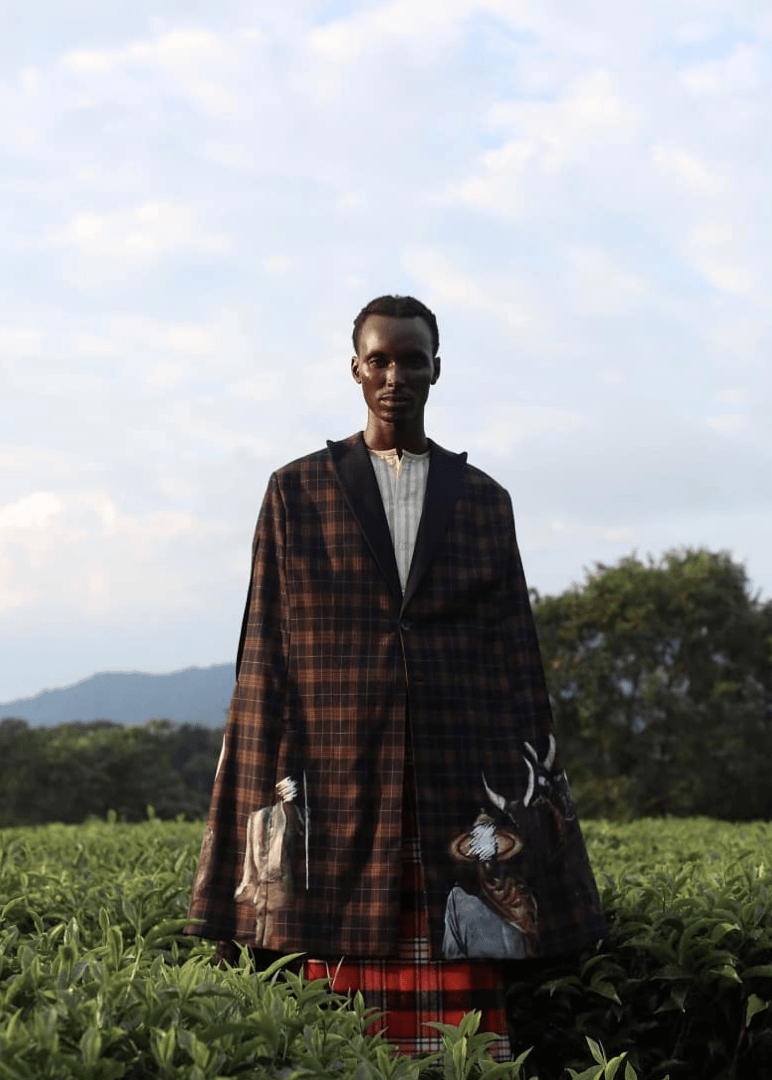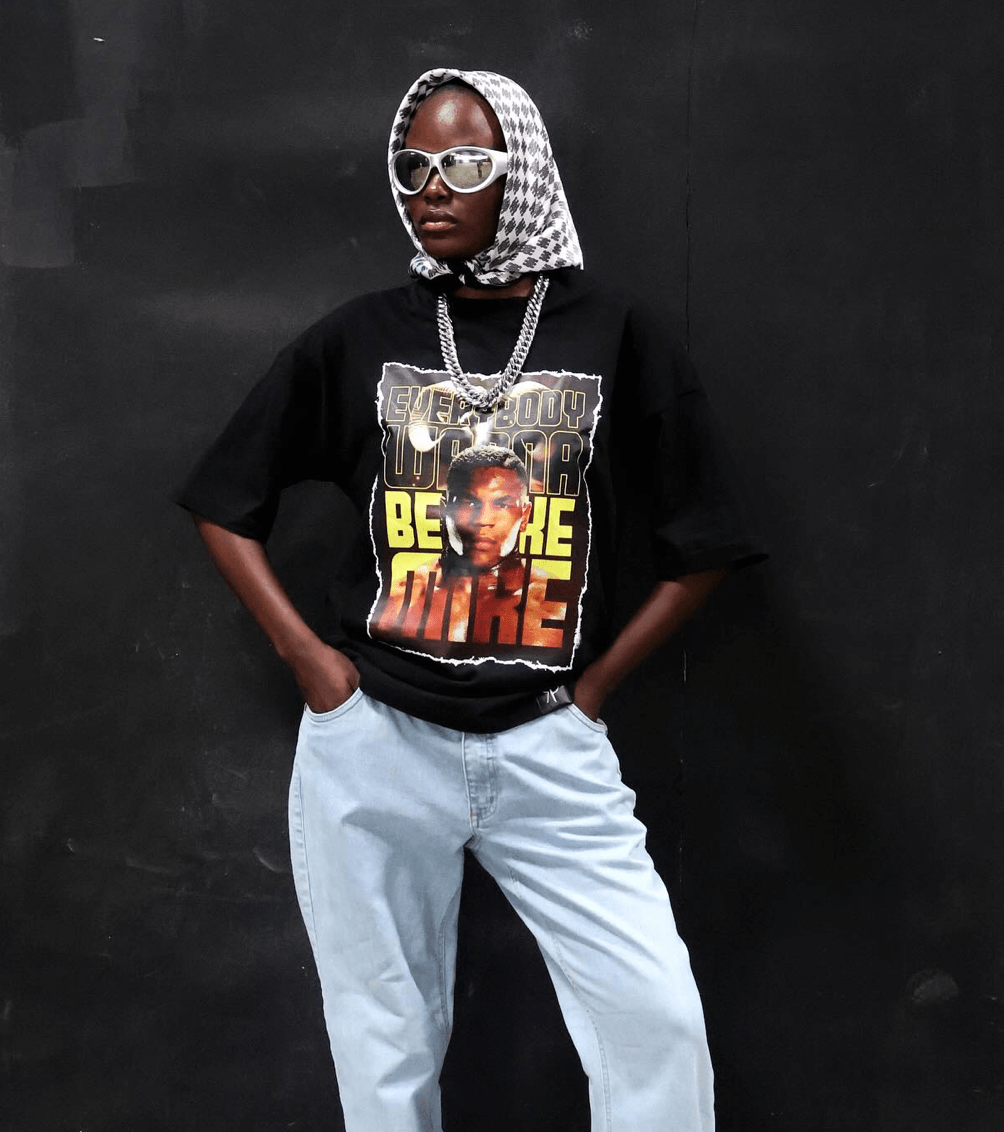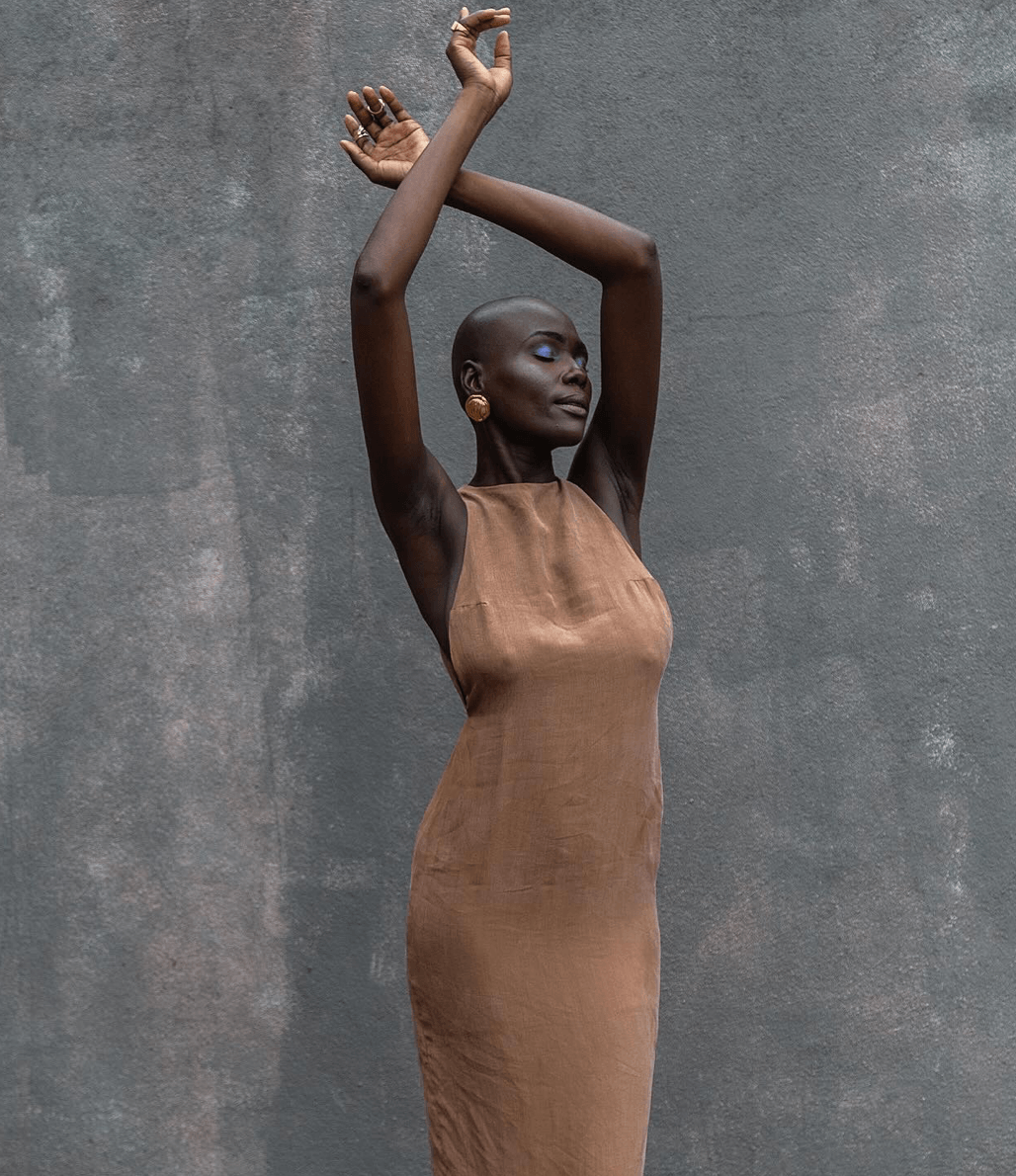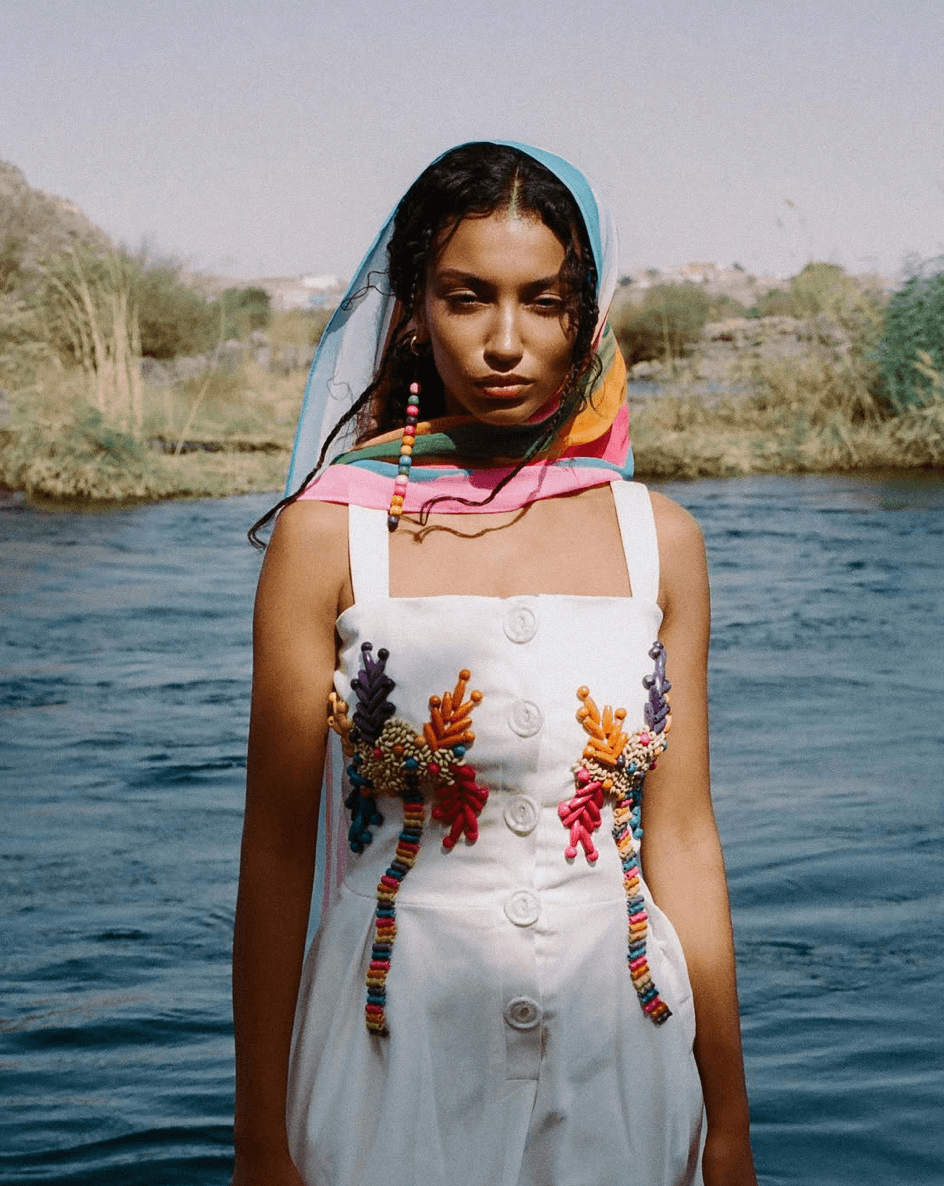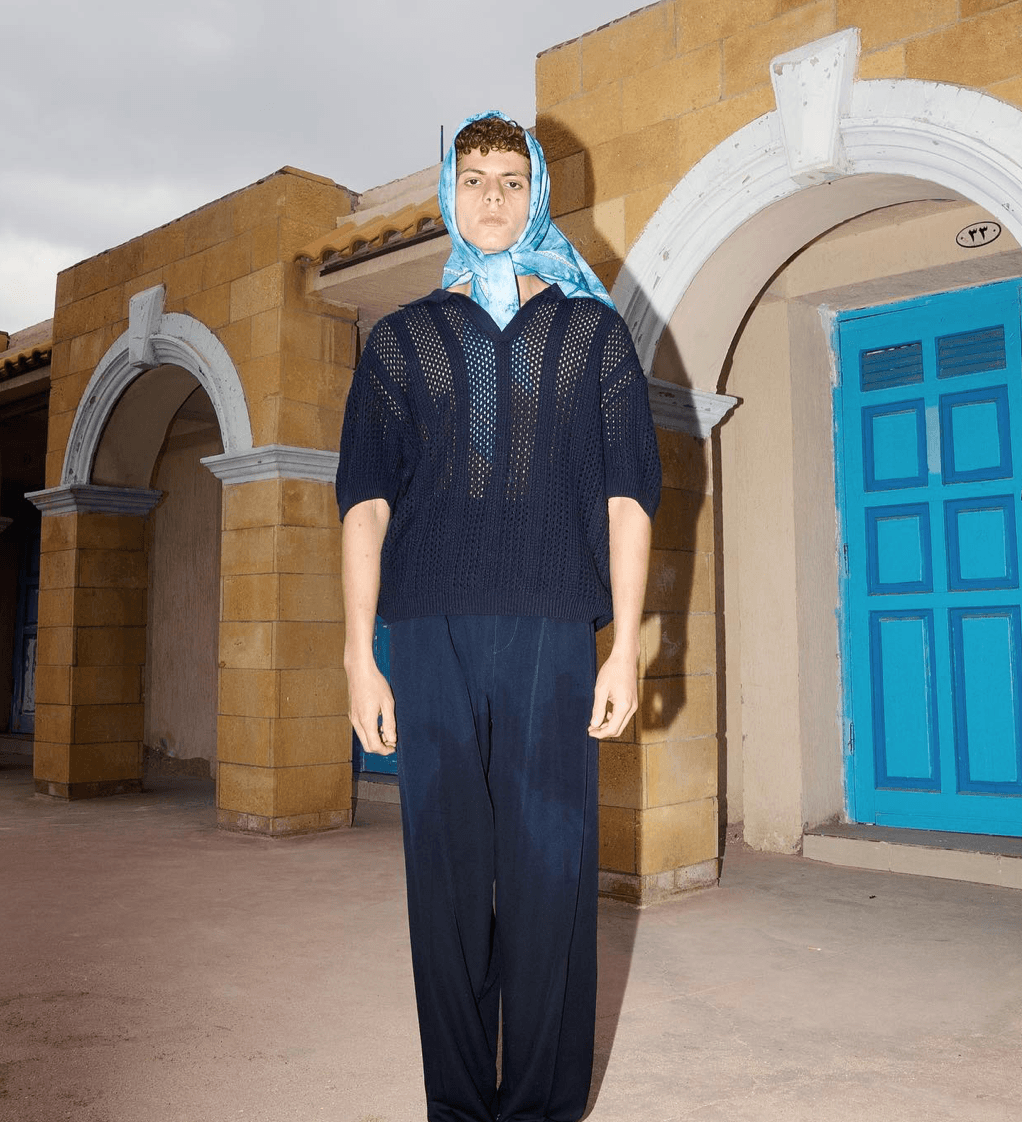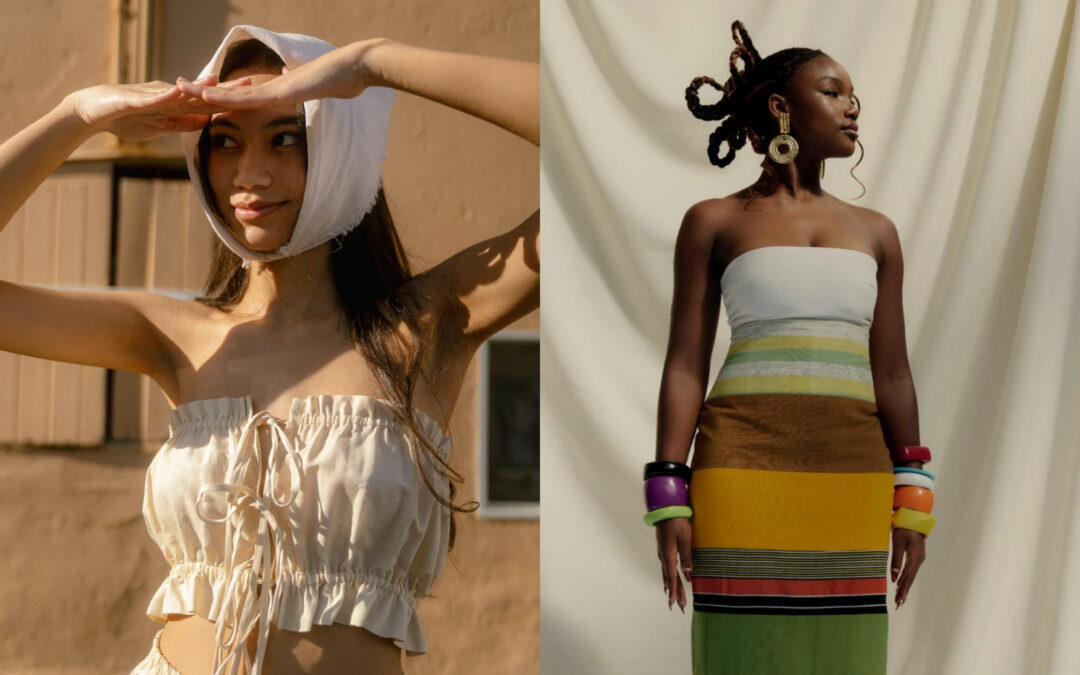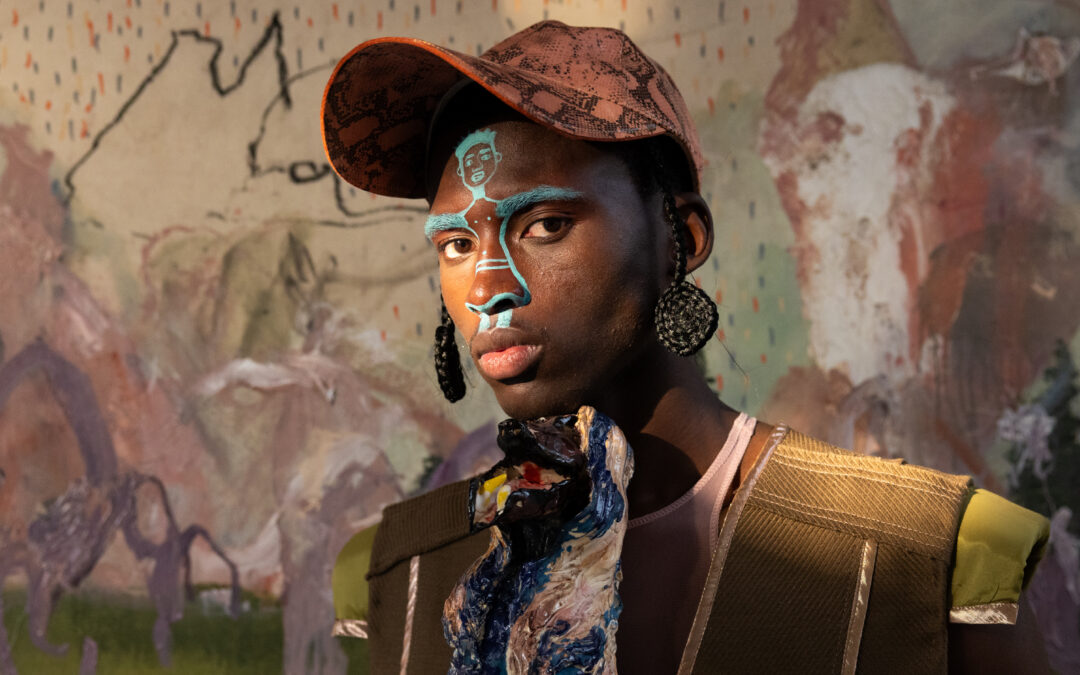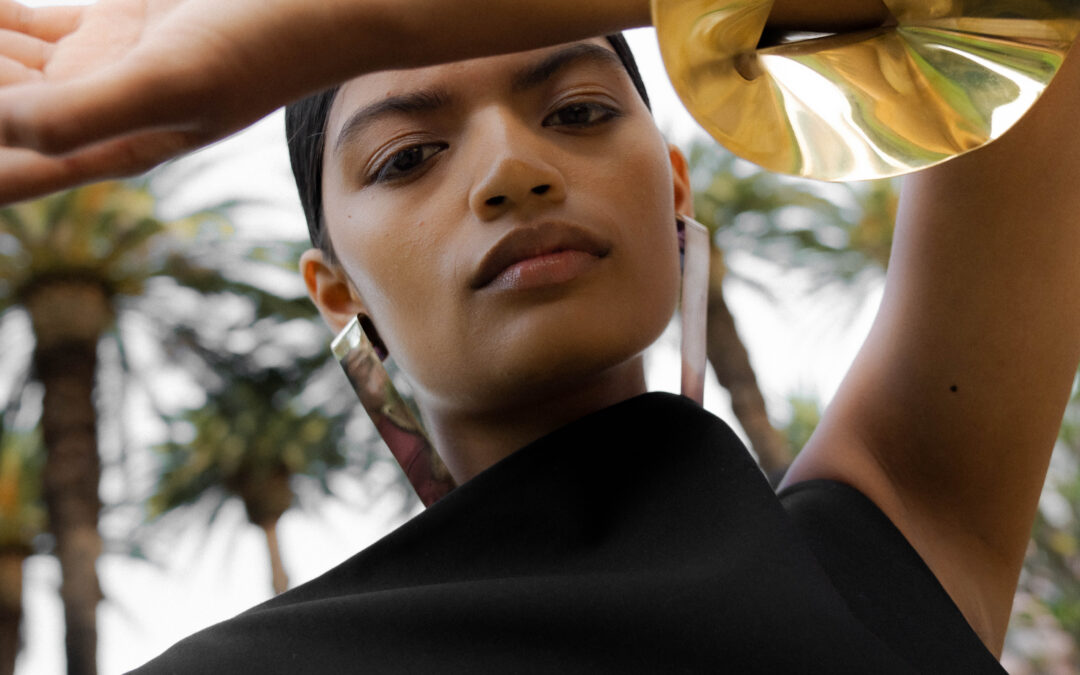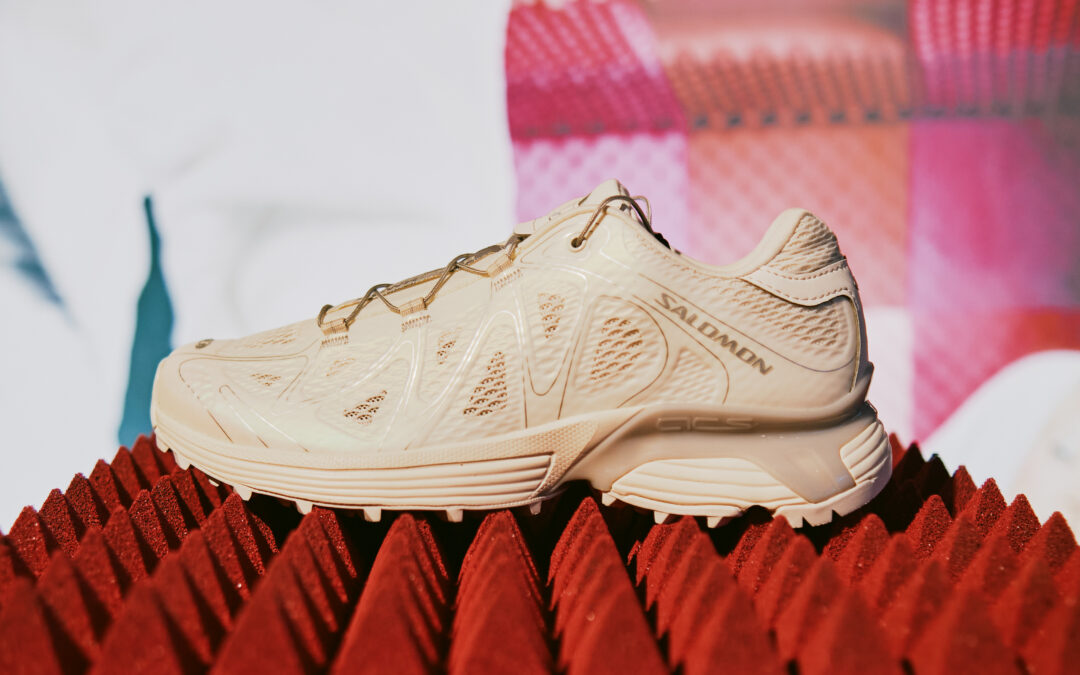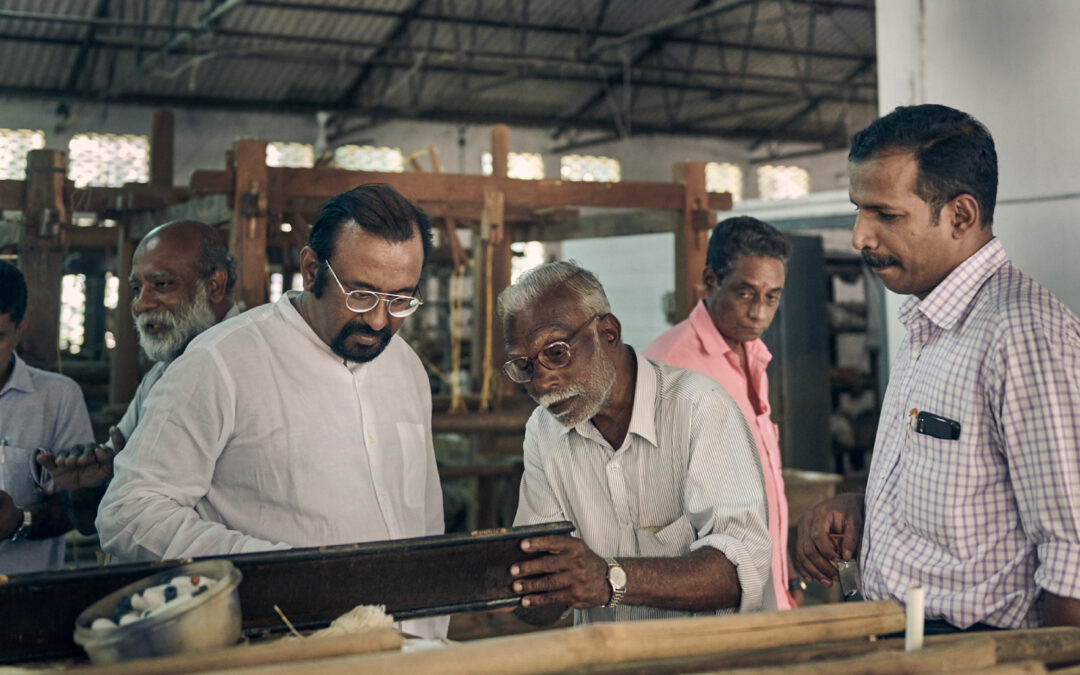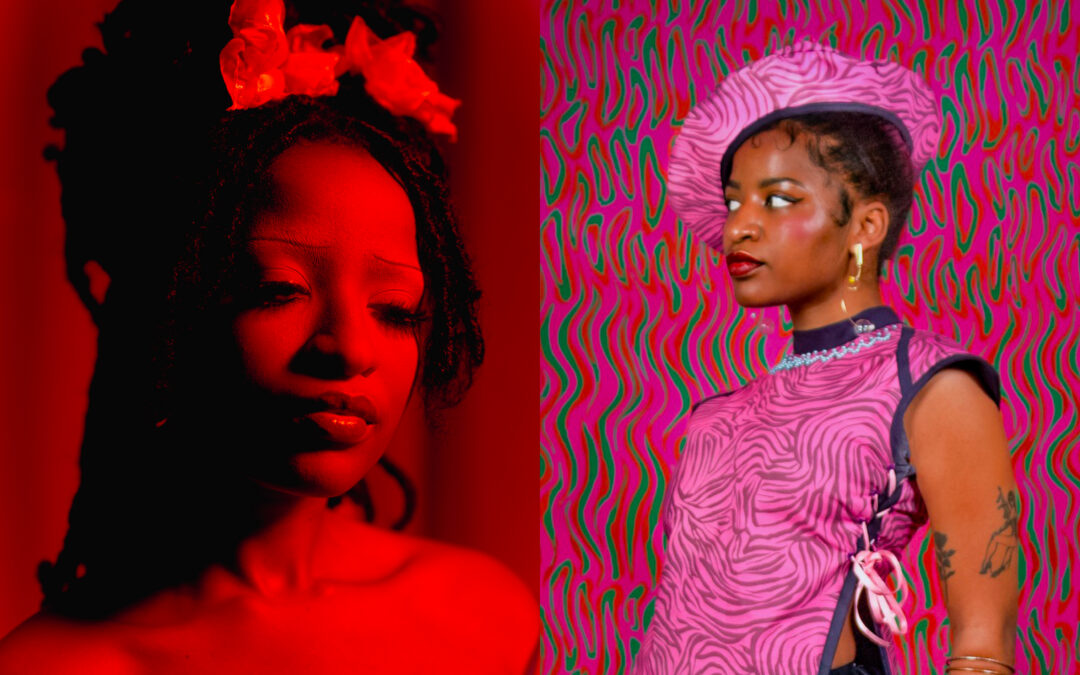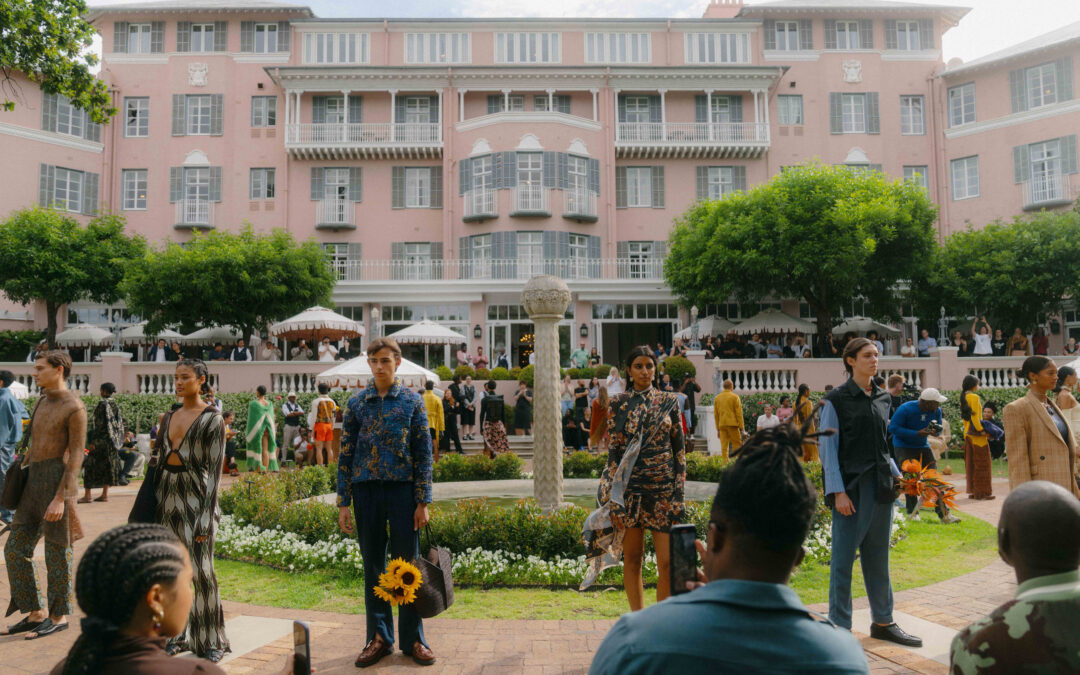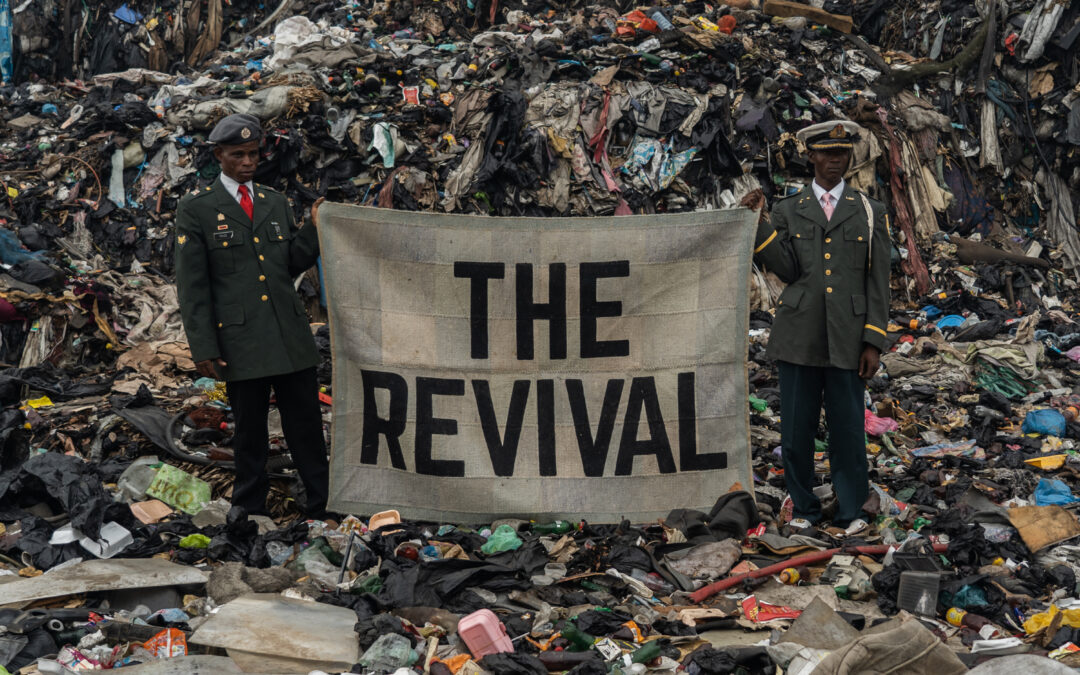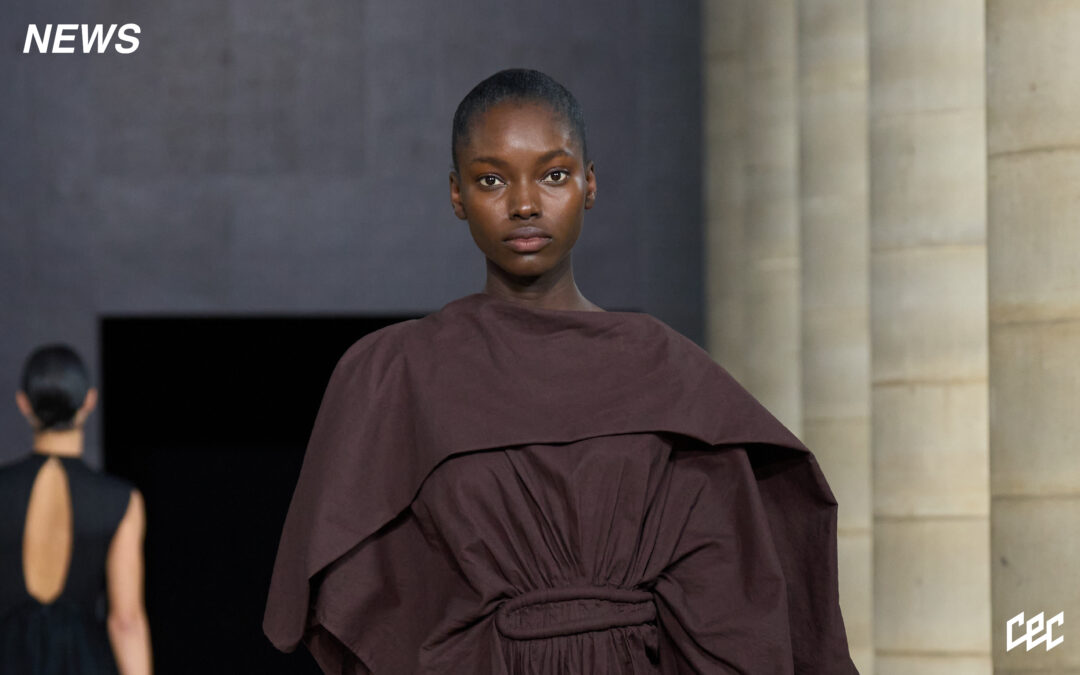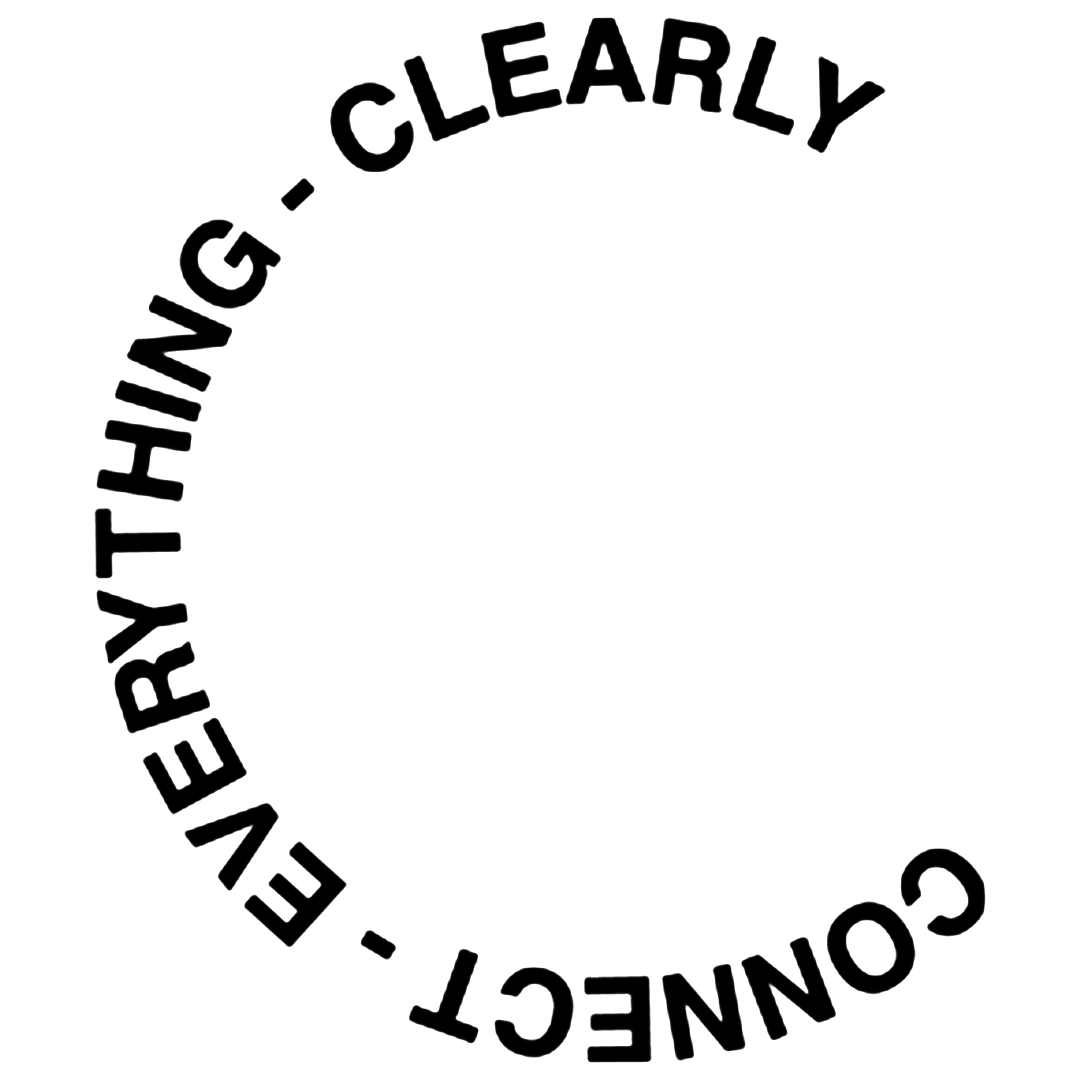When Naomi Campbell advocated for a ‘Vogue Africa’ edition, it might have, at first glance, seemed like a brilliant idea. Until, British-Nigerian designer Tokyo James reminded us that “a single Vogue representing an entire continent wouldn’t work, Africa is too diverse to be represented by one publication.” Tokyo’s response to Naomi’s call for a Vogue Africa highlights a critical issue in how Africa is treated as a monolith rather than a richly diverse continent with distinct cultures and aesthetics. The idea of a single Vogue Africa risks oversimplifying and homogenising the vast range of fashion voices across the continent, and lord knows, we’re done with any singular view of the continent; this, we know.
This is also why, when writing this second edition of Interlude’s ‘CITY FACTS and FASHION HACKS’, I am reminded by just how much of an undertaking it is to try and summarise anything happening, in any city, across the continent. So, this chapter is not an attempt to oversimplify by any means; rather, it’s an attempt at one small ‘taste’ or peek into the proverbial window of six more fashion capitals to keep our eyes on. The real need we face on the continent is for more localised representation— by supporting existing context-specific African publications in each country, platforms, and designers that continue to assert their own narratives. Alas, we move.
Below, we extend ourselves to all corners of the continent; with Angola as a Southern African country, Togo in the West, Morocco, Tunisia and Egypt in the North, and finally— Rwanda, land-locked in the East.
Lomé, Togo
CITY FACTS: Togo might be a smaller country than its west African counterparts, but it has a lot to say—flanked on either side by Benin and Ghana, its capital city Lomé’s creative pulse is felt in its bustling Grand Marché. The city is home to institutions like the Togolese National Museum, which preserves the country’s artistic heritage, and Palais de Lomé, a restored colonial palace turned contemporary art and cultural center. Lomé’s fashion industry is rooted in craftsmanship, with designers showcasing their work at events like the Festival International de la Mode au Togo (FIMO228), which highlights emerging and established West African talent. Traditional weaving and embroidery techniques continue to influence contemporary Togolese fashion, making the city a key player in preserving and evolving West African design.
FASHION HACKS: I’ll be totally honest, the idea to do another edition of this format was precipitated by Togo YEYE: a conceptual publication and project, initiated between London-based photographer and art director Delali Ayivi and Lomé-based fashion activist Malaika Nabillah. Founded to celebrate and uplift Togolese creative expression, the collective serves as a platform for edifying a vision of Togolese fashion creatives: from stylists, to fashion students, to make-up artists and photographers. It’s these kinds of projects that remind one exactly why fashion collaboration is as powerful as it is, and as Delali shared with Nataal, “Togo Yeye translates to ‘a new Togo’ in Ewe and is dedicated to tomorrow’s generation of artists and thinkers, today. Its main objective is to document and celebrate those who push creative boundaries, especially in Lomé’s fashion industry. We also hope that through collaboration we can strengthen our community and bridge the gap between the Togolese diaspora and people at home.”
Then, there is Jacques Logoh, a key figure in Togolese design, known for his innovative approach to fashion. As the founder of FIMO228, Logoh has created an essential space for Togolese and West African designers to showcase their work; a legend, as it were, who has played a pivotal role in shaping the creative industry in Togo. Fallylah Nyny Ryke Goungou’s brand ‘NYNY RYKE’ is equally a force in Togolese fashion, celebrated for her unique approach to textile design and avant-garde silhouettes.
Jacques Logoh Couture, via @jacqueslogoh.couture IG
Nyny Ryke, via @nynyryke IG
Tunis, Tunisia
CITY FACTS: Tunis is a cultural powerhouse, home to the Institut Supérieur des Beaux-Arts de Tunis, one of North Africa’s most prestigious art schools, nurturing generations of visual artists and designers. The city’s architecture is a blend of Ottoman, Arab, and European influences, and Tunisian fashion designer Azzedine Alaïa remains an icon of industry, though today— many emerging designers are merging the country’s deep sartorial heritage with contemporary aesthetics.
FASHION HACKS: Tunisia has no shortage of fashion creatives, developing strong, contemporary identities of Tunisian expression. Founded by Tunisian designer Anissa Meddeb, ANISSA AIDA is a brand that forges principles of minimalism with deep Tunisian heritage. Meddeb, who studied in New York and Paris, creates garments that incorporate elements of North African craftsmanship—such as traditional weaving and embroidery—while maintaining a clean, structured aesthetic inspired by Japanese design principles. I’m going to need several Nano bags by Anissa Aida, stat. Then, Fichier Caché (also styled as FC3) is an avant-garde, streetwear Tunisian fashion label that operates at the intersection of art, design, and social commentary. The brand is known for its conceptual approach and the name “Fichier Caché,” which translates to “Hidden File,” demonstrates an ethos of uncovering and reinterpreting Tunisia’s cultural codes through a modern lens. FC3 collections often play with gender-fluid silhouettes and gritty marketing activations, making it a standout in Tunisia’s growing alternative, youth-led fashion scene. Bold Denim is a highly-articulated Tunisian brand redefining denim culture in North Africa with a fresh, daring energy. Known for its sustainable practices and focus on craftsmanship, Bold Denim offers high-quality, fashion-forward denim pieces that merge streetwear influences with Tunisian textile expertise.
Bold Denim, via @boldenim
Anissa Aida, via @anissaida IG
Casablanca, Morocco
CITY FACTS: A dreamy symbol in our collective consciousness, even if we’ve never visited, Casablanca is historically a site for creative energy; and it remains on display at institutions like L’Uzine, an interdisciplinary arts space supporting emerging Moroccan artists, and Villa des Arts, a cultural space showcasing contemporary and traditional works. The city is a hotspot for fashion, home to the Casa Fashion Show, which brings together Moroccan and international designers. Casablanca Design Week is another key event, celebrating innovation in architecture, product design, and urban planning. The city’s design scene is a suffusion of Moroccan heritage and modernity, with artisans reviving traditional crafts like zellige tile work and embroidery while pushing them into the future through contemporary applications.
FASHION HACKS: Among the city’s standout creative forces are Auzée, blibla, Atelier Berber and ARTSY Concept Store, each bringing a unique perspective to Casablanca’s fashion and design landscape. Auzée so aptly describes its manifesto, “we celebrate elegance and boldness. Born from the vision of a Moroccan woman who dared to follow her childhood dream, our brand bridges modernity and tradition,” with limited runs and locally produced in Morocco, the brand is a vision of new, sartorial ideals for Moroccan women. Then, blibla is a contemporary brand specialising in the luxurious reimagining of the indomitable ‘Caftan’ silhouette, the traditional Moroccan interpretation of a garment with an ancient presence across West and North Africa, and the Middle East. As far as concept stores go, ARTSY is a principle space for Casablanca’s creative community. Curating a mix of emerging Moroccan designers, global brands, and artistic collaborations, ARTSY reflects Casablanca’s new wave—eclectic, and deeply connected to its cultural roots while embracing a cosmopolitan outlook for Morocco. Lastly, Atelier Berber is penning love letters to the soft, tender and organic expression of linen as a fabric in the region with both cultural and practical importance; among other disciplines in objects and furniture.
blibla Studio, via @bliblastudio
Atelier Berber, via @atelierberber IG
Kigali, Rwanda
CITY FACTS: Kigali has been popping off in terms of creative expression, with institutions like the Inema Arts Center nurturing Rwandan contemporary art and supporting young talent. The city is also home to the Kigali Center for Photography, a key space for visual storytelling in East Africa. Kigali Fashion Week has gained international recognition, showcasing designers who merge traditional fabrics like kitenge with modern, structured silhouettes. The city is also at the forefront of sustainable design, with initiatives like Made in Rwanda promoting locally produced textiles and ethically crafted fashion. Kigali’s ecologically conscious, modern aesthetic is reflected in its architecture and city policies on litter, making it seen as one of the most future-forward capitals in Africa.
FASHION HACKS: Kigali’s fashion scene is incredible. mille collines was conceived in Rwanda, and though now based in South Africa and Kenya, the luxury womenswear and lifestyle brand’s roots in Kigali make it a notable extension of the city’s creative musings. House of Tayo, founded by Matthew Rugamba, is reinventing classic menswear and extends its vision for Rwandan tailoring. Maryse Mbonyumutwa’s incredibly beautiful brand ASANTII is demonstrating the power of design as a vehicle for business; the brand has its own manufacturing infrastructure that today, employs over 1500 staff in Rwanda, predominantly women. MOSHIONS, Moses Turahirwa’s luxury Rwandan label, is a study on avant-garde minimalism, and is a vanguard for a highly articulated, luxury fashion future for Rwanda and beyond.
ASANTII, via @asantii_official IG
House of Tayo, via @houseoftayo IG
Luanda, Angola
CITY FACTS: Luanda’s arts and design scene is flourishing, with the Fundação Sindika Dokolo supporting contemporary African artists. The city hosts Luanda Fashion Week, a major event where Angolan designers bring Angolan design to the forefront. The Trienal de Luanda, an ambitious art festival, gathers international and local artists to explore Angola’s evolving identity through performance, sculpture, and painting. Deeply intertwined with Brazil, the country holds a rich cultural exchange that influences its artistic and design landscape. This Lusophone connection is evident in the rhythmic patterns of Angolan fashion, the Afro-Brazilian fusion in contemporary art and music, and the architectural echoes found in Luanda’s colonial and modernist structures.
FASHION HACKS: Nadir Tati is a pioneering Angolan designer and human rights activist, noted for dancing traditional Angolan aesthetics and fabrication with haute couture techniques. Her regal, tailored creations highlight Angolan heritage through intricate embellishments, and she become the first Angolan designer to showcase at the Oscars, through Rachel Mwanza. Meanwhile, Rose Palhares is redefining Angolan fashion with her inherently feminine aesthetic, though she has begun dabbling in menswear. Then, Pretah is an Angolan brand with a reverence for the 70s and the 2020s, simultaneously— creating ready-to-wear pieces that exude confidence and playfulness. Dipping across the diaspora to Australia; I just had to mention, Collective Closets, founded by two Angolan-Australian sisters, Fatuma and Laurinda Ndenzako; who are on a mission to share new visions of African heritage with the world. Ethically made, Collective Closets honour traditional African textiles such as their incredible use of the storied legacy of plaid in East Africa.
Rose Palhares, via @rose.palhares.rtw IG
Pretah, via @pretah.ao
Cairo, Egypt
CITY FACTS: Cairo’s rich artistic landscape is anchored equally by its seminal place in ancient history, and institutions like the Townhouse Gallery, a hub for contemporary Egyptian art, as well as the Museum of Islamic Art, housing one of the world’s finest collections of Islamic craftsmanship. The Cairo Opera House is a cornerstone of the city’s cultural life, hosting performances that blend classical and contemporary influences. Cairo Fashion Festival is one of the most important fashion events in the region, featuring both Egyptian and international designers. The city’s design aesthetic draws from millennia of artistic heritage. Cairo’s mix of ancient and contemporary influences cements its place as a creative capital in Africa and the Middle East.
FASHION HACKS: Saqhoute, founded by Mariam Mazhar in 2018, focuses on sustainability and ethical production, creating well-tailored garments that celebrate Egyptian craftsmanship while advocating for slow fashion. RISKY BOYS, a Cairo-based collective, has gained a cult following; consisting of models, stylists, art directors, and designers, the collective are advancing youth culture in Egypt through insane visuals, powerful brand partnerships and shedding a new lens on Cairo specifically. MAMZI, launched by designer Mariam Mazen in 2017, is one of my favourite brands on the continent. Made for the ‘assertive woman’, the brand is profound across design, visual communication and its presence across the world; Mariam is one of the most exciting female designers on the continent, and as she notes, ““There are no limits, no boundaries to concepts and new ideas. I set my imagination free and let it take the lead on all my designs.” Last, but certainly not least, is the newest vanguard Mina Tahir pushes the boundaries of Egyptian fashion with conceptual, zero-waste collections that incorporate deconstruction, unconventional silhouettes, and artistic detailing. As a Vogue Italia CFE Winner (2022), Debut Talent Finalist at Fashion Trust Arabia (2021), and CFDA Future Fashion Graduate, Mina Tahir has quickly emerged as a visionary talent in the fashion industry— and you can get to know her better through this beautiful conversation on Dua Lipa’s platform, Service95.
Mamzi by Mariam Abdelghany, via @__mamzi__ IG
Risky Boys, via @riskyboyss_
Written by: Holly Beaton
For more news, visit the Connect Everything Collective homepage www.ceconline.co.za

